House plants are a great way to bring some life into your home. They can help purify the air, provide you with fresh oxygen, and even boost your mood. And there are lots of different kinds of houseplants to choose from, so you can find one that’s perfect for your home. If you’re looking for an easy way to add some life to your home, indoor plants are a great option. But with so many different kinds to choose from, it can be tough to know where to start.
“The best and most beautiful things in the world cannot be seen or even touched – they must be felt with the heart.” – Helen Keller
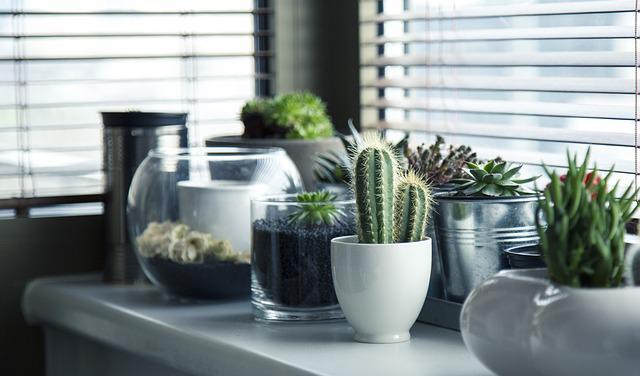
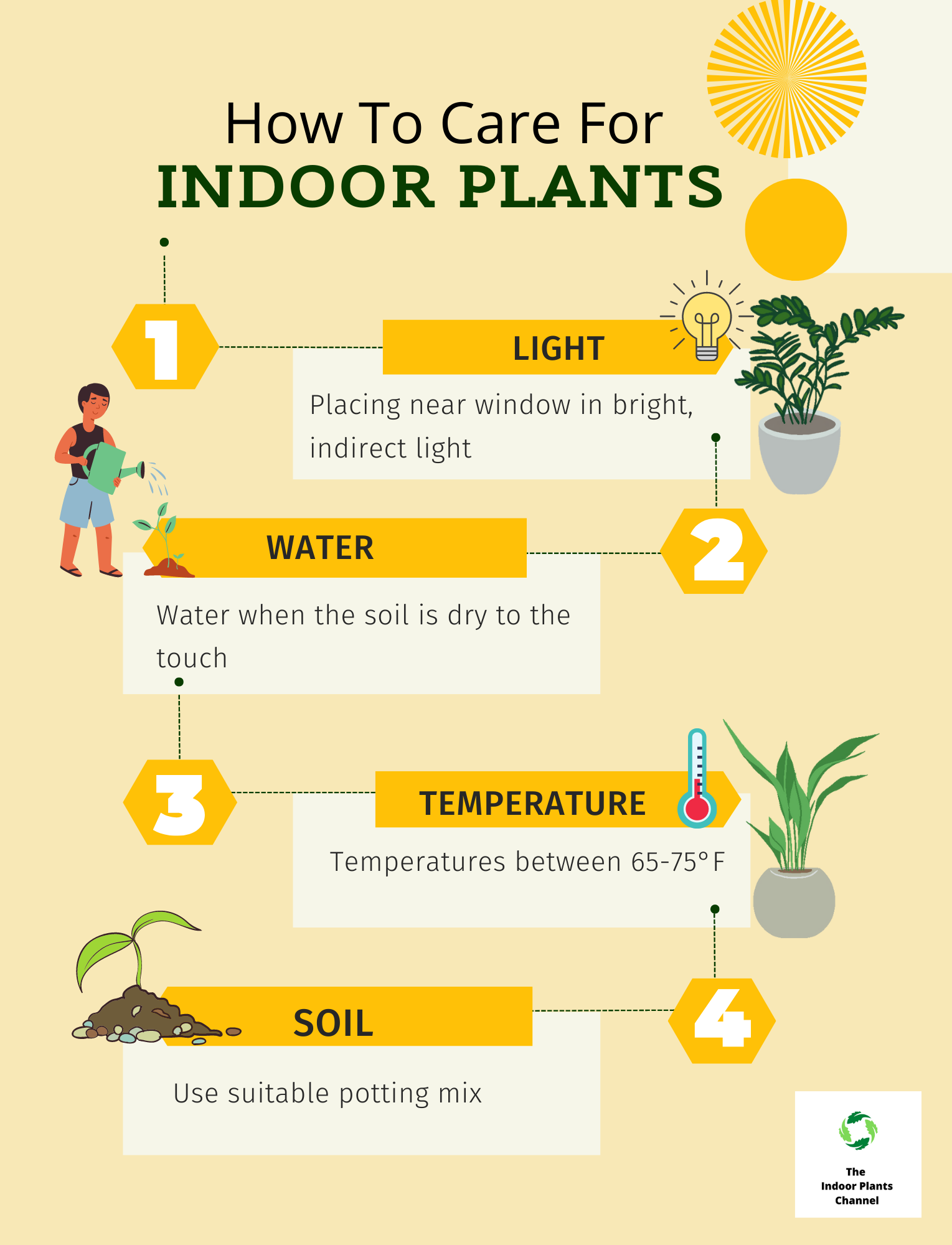
Check out five of the easiest indoor plants to care for, so you can enjoy all the benefits of having plants in your home without any of the stress.
The Benefits Of Houseplants
There are many benefits of having house plants. They can help purify the air, increase humidity, and even help boost your mood.

- One of the best things about house plants is that they can help purify the air. They do this by absorbing harmful toxins and releasing oxygen. This is especially beneficial if you live in an urban area where the air is often polluted.
- Another benefit of house plants is that they can help increase humidity. This is especially beneficial during the winter when the air is often dry. By increasing humidity, house plants can help prevent dry skin, static electricity, and even furniture damage.
- Finally, house plants can also help boost your mood. This is because they add a splash of color and life to any room. They can also help you feel more connected to nature. Studies have even shown that having house plants can help reduce stress and anxiety.
The Different Types Of Houseplants
There are many different types of houseplants that you can choose from, and each one has its own unique benefits.
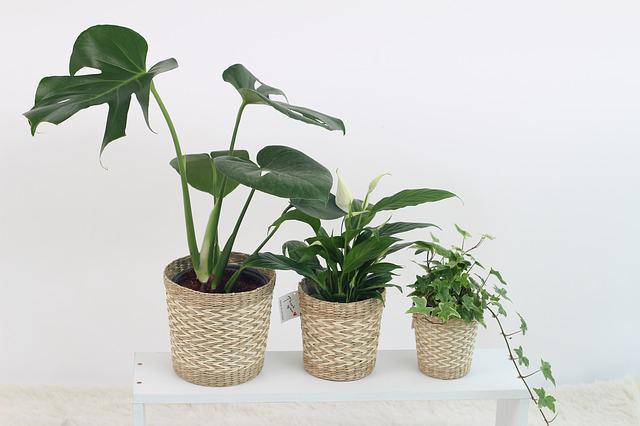
Here are some of the most popular types of houseplants that you can choose from:
- Air Plants
- Succulents
- Ferns
- Orchids
- Bonsai Trees
Air plants are unique in that they don’t need soil to grow. Instead, they get their nutrients from the air around them. This makes them very easy to care for, as you don’t have to worry about watering them or fertilizing them.
Air plants are also very easy to propagate, so you can quickly create a large collection of them.
Succulents are another type of plant that is very easy to care for. They store water in their leaves, so they don’t need to be watered very often. They also don’t need a lot of light, so they can be placed in a variety of locations around your home. Succulents come in a wide variety of shapes and sizes, so you can easily find one that fits your style.
Ferns are a type of plant that thrives in humid environments. They need to be watered regularly, but they don’t need a lot of light. Ferns come in a wide variety of shapes and sizes, so you can easily find one that fits your style.
Orchids are a type of plant that is very easy to care for. They need to be watered regularly, but they don’t need a lot of light. Orchids come in a wide variety of shapes and sizes, so you can easily find one that fits your style.
Bonsai trees are a type of plant that is very easy to care for. They need to be watered regularly, but they don’t need a lot of light. Bonsai trees come in a wide variety of shapes and sizes, so you can easily find one that fits your style.
The Best Houseplants For Beginners
There are a lot of different house plants that you can choose from, but not all of them are easy to care for. If you’re a beginner, you’ll want to choose a plant that is relatively easy to take care of. Here are some of the best houseplants for beginners:
- Spider Plant
- Snake Plant
- Bromeliads
- African Violets
- Peace Lilies
The spider plant is a great choice for beginners because it is very easy to care for. It doesn’t need a lot of water or sunlight, and it is also very tolerant of different types of soil. You can even grow it in a pot that doesn’t have drainage holes.
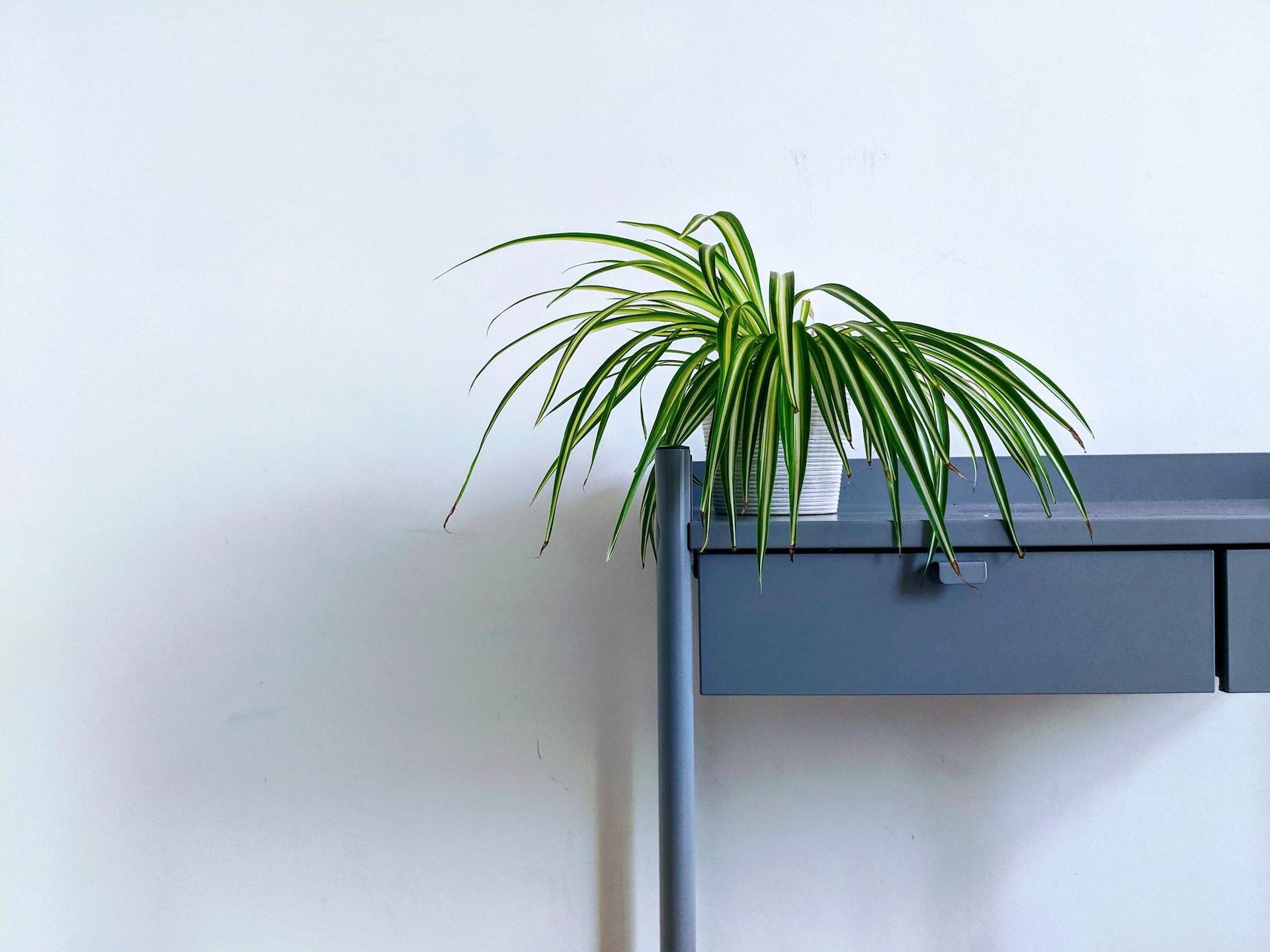
Credit: Unsplash
The snake plant is another good option for beginners. It is very tolerant of different conditions, including low light and drought. It is also very easy to care for, and it doesn’t need to be watered very often.
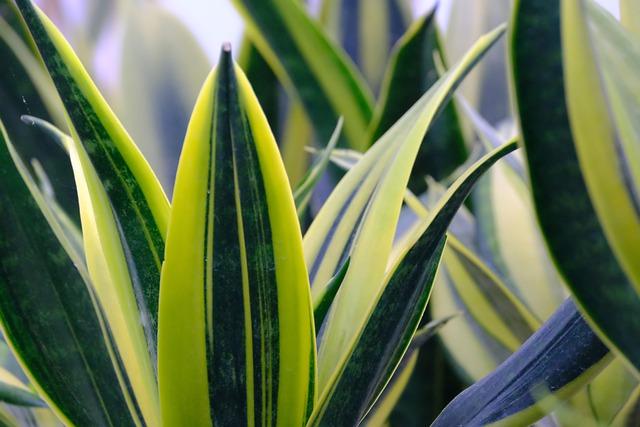
Bromeliads are a great choice for beginners because they are very easy to care for. They don’t need a lot of water or sunlight, and they are also very tolerant of different types of soil. You can even grow them in a pot that doesn’t have drainage holes.
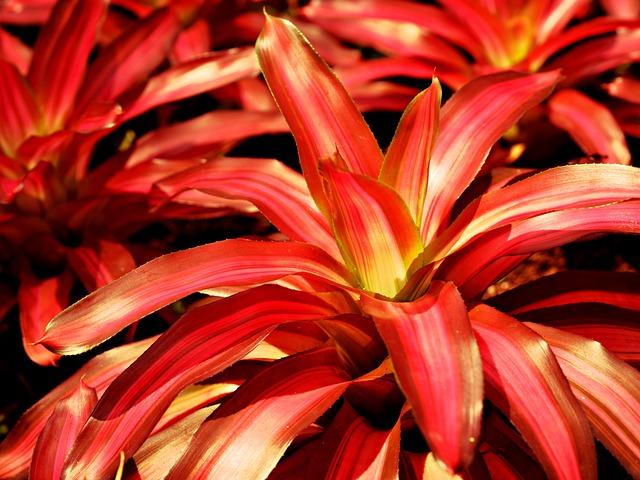
African violets are a great choice for beginners because they are very easy to care for. They don’t need a lot of water or sunlight, and they are also very tolerant of different types of soil. You can even grow them in a pot that doesn’t have drainage holes.
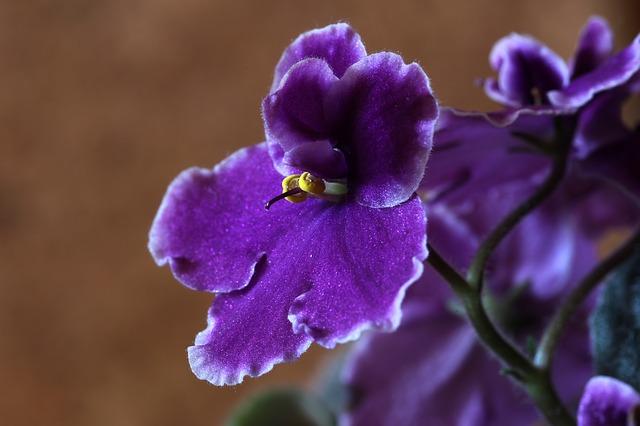
Peace lilies are a great choice for beginners because they are very easy to care for. They don’t need a lot of water or sunlight, and they are also very tolerant of different types of soil. You can even grow them in a pot that doesn’t have drainage holes.
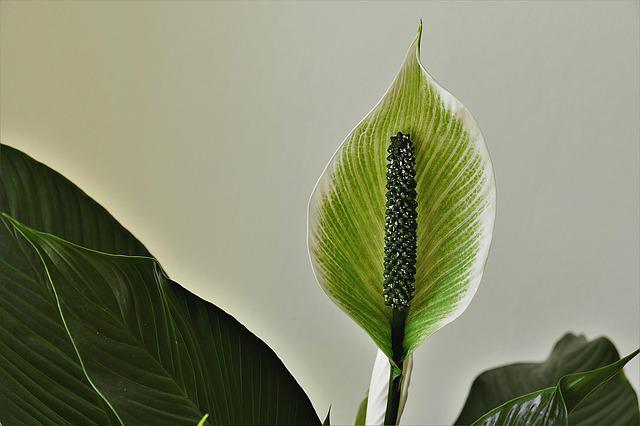
The Best Places To Put Your House Plants
- One of the best places to put your house plants is in a spot where they will get plenty of bright, indirect light.
South- or west-facing windows are ideal, but east-facing windows will also work. If you don’t have any windows that get good light, you can also put your plants near a light source, like a lamp.
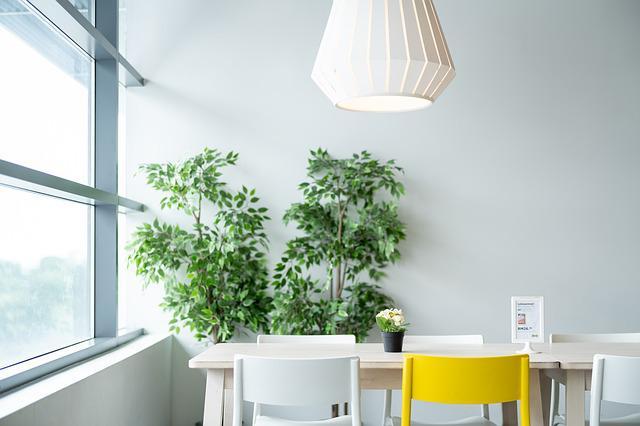
Just make sure that the light source is not too close to the plant, or it will get too much direct light and heat and might get damaged.
- Another important thing to consider when choosing a spot for your plants is the temperature of the room. Most house plants like it to be around 70 degrees Fahrenheit, so a spot near a window might be too cold or too hot for them.
If you’re not sure if a spot is too cold or too hot for your plant, you can always put a thermometer in the spot to check the temperature.
- Finally, make sure that the spot you choose for your plant is big enough for the plant to grow. Some plants can get pretty big, so you’ll need to give them enough space to spread out. If you’re not sure how big your plant will get, you can ask the person at the plant store, or look it up online.
Now that you know the best places to put your house plants, you can start choosing the perfect spot for each of your plants. Just remember to keep in mind the light, temperature, and size of the plant, and you’ll be sure to find the perfect spot for each one.
The Most Unusual House Plants
There are many unusual house plants that you can choose from if you are looking for something a little different to add to your home. Here are five of the most unusual:
- The Venus flytrap is a carnivorous plant that catches and digests insects. It is native to the United States and can be found in many homes as a decoration or as a pet.
- The pitcher plant is another carnivorous plant that traps insects in its leaves. It is native to North America and can be found in many homes as a decoration or as a pet.
- The sundew is a carnivorous plant that catches insects with sticky tentacles. It is native to Europe and can be found in many homes as a decoration or as a pet.
The Most Fragrant Houseplants
There are many fragrant houseplants to choose from, so it can be hard to decide which one is right for you. Here is a list of the most fragrant houseplants, so you can make an informed decision:
- Jasmine
- Gardenia
- Lily of the Valley
- Orange Blossom
- Tuberose
Jasmine is a popular choice for a fragrant houseplant because it has a strong, sweet fragrance. It is also a relatively easy plant to care for, making it a great choice for beginners.
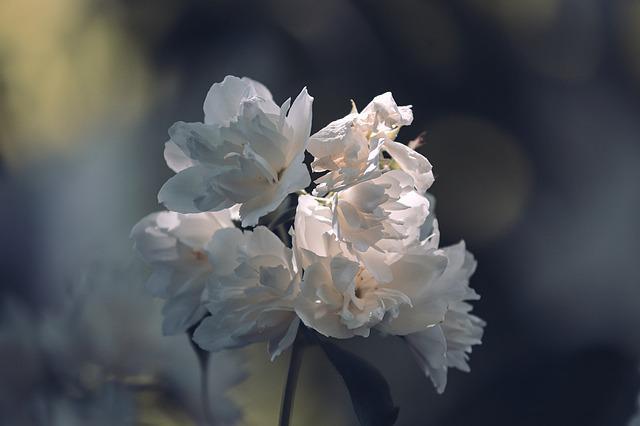
Gardenias are another popular choice for a fragrant houseplant. They have a strong, sweet fragrance that is similar to jasmine. Gardenias are a bit more challenging to care for than jasmine, so they may not be the best choice for beginners.
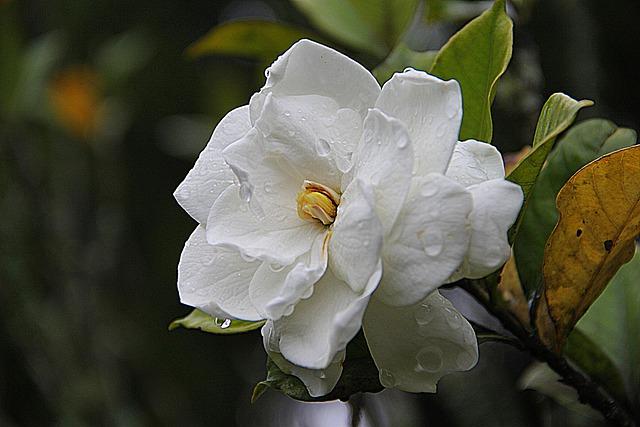
Lily of the valley plants are known for their delicate, sweet fragrance. They are relatively easy to care for, making them a good choice for those who are looking for a fragrant plant that is not too challenging to care for.
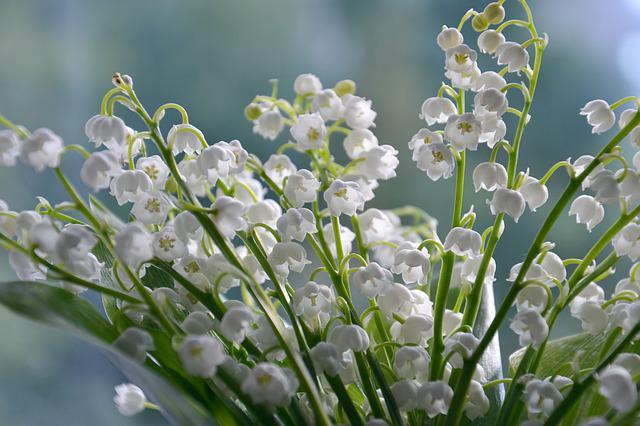
Orange blossom plants have a strong, sweet fragrance that is similar to jasmine and gardenias. They are a bit more challenging to care for than the other plants on this list, so they may not be the best choice for beginners.
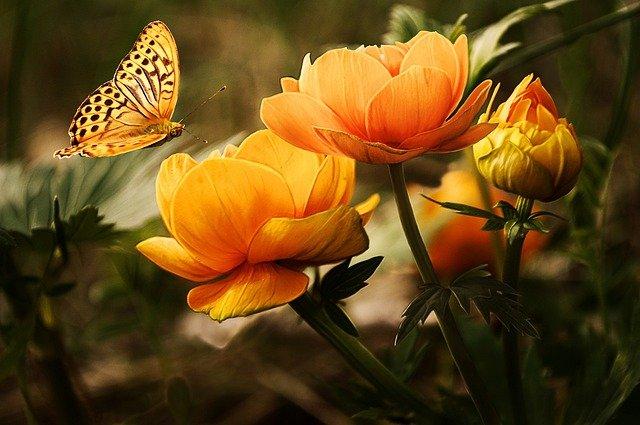
Tuberose plants are known for their strong, sweet fragrance. They are relatively easy to care for, making them a good choice for those who are looking for a fragrant plant that is not too challenging to care for.
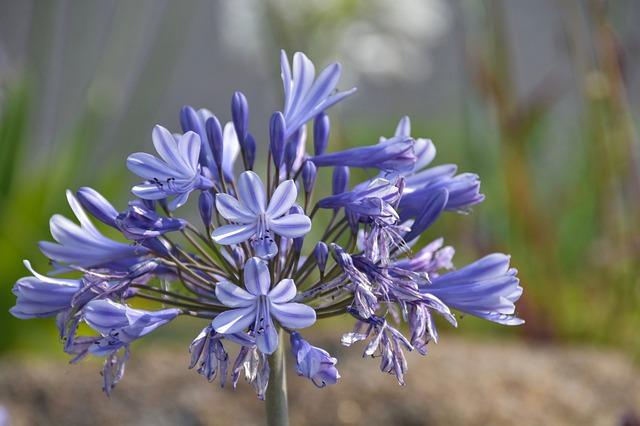
The Toughest Houseplants
The toughest houseplants are those that can withstand neglect and still thrive. These plants are often hard to kill and can tolerate low light and low water conditions. If you’re looking for a plant that is virtually indestructible, here are five of the toughest houseplants around:
- Snake Plant
- Spider Plant
- Peace Lily
- Philodendron
- Pothos
The Most Common Houseplant Pests And How To Get Rid Of Them
- Aphid
- Mealybug
- Spider Mites
One of the most common houseplant pests is the aphid. Aphids are small, soft-bodied insects that can be green, black, brown, or red. They suck the sap out of plants, which can weaken and even kill the plant. Aphids also produce a sticky substance called honeydew, which can attract ants and other pests.
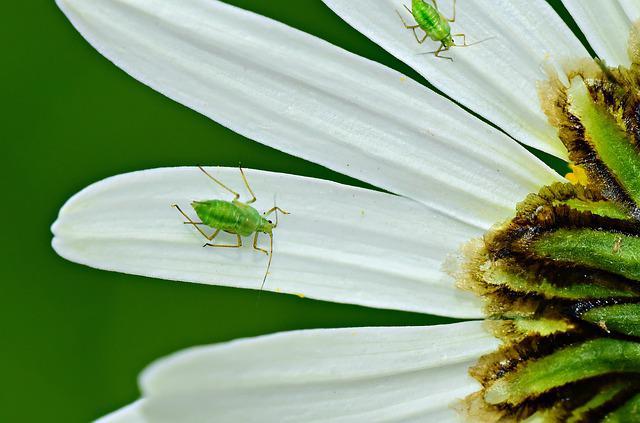
To get rid of aphids, start by spraying them with water from a hose or a power washer. If that doesn’t work, try using an insecticidal soap or neem oil. You can also try putting yellow sticky traps near your plants to attract and trap aphids.
Another common house plant pest is the mealybug. Mealybugs are small, wingless insects that are covered in a white, waxy substance. They suck the sap out of plants, which can weaken and even kill the plant. Mealybugs also produce a sticky substance called honeydew, which can attract ants and other pests.
To get rid of mealybugs: start by spraying them with water from a hose or a power washer. If that doesn’t work, try using an insecticidal soap or neem oil. You can also try putting yellow sticky traps near your plants to attract and trap mealybugs.
Another common houseplant pest is the spider mite. Spider mites are tiny, eight-legged creatures that are usually red, brown, or black. They suck the sap out of plants, which can weaken and even kill the plant. Spider mites also produce a sticky substance called webbing, which can attract other pests.
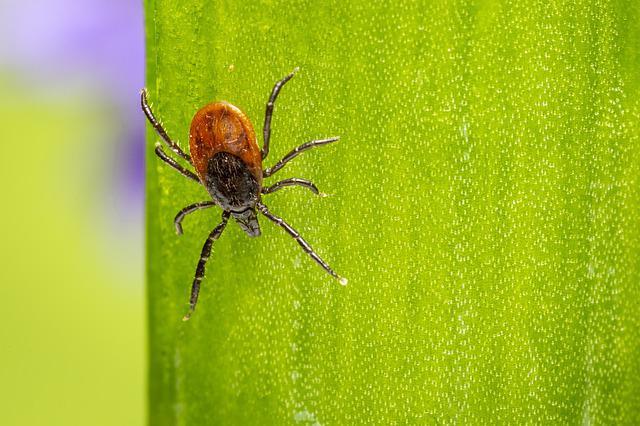
To get rid of spider mites, start by spraying them with water from a hose or a power washer. If that doesn’t work, try using an insecticidal soap or neem oil. You can also try putting yellow sticky traps near your plants to attract and trap spider mites.
Conclusion
Plants add that little greenery you’re looking for to your space. They make your home look beautiful, peaceful and attractive. Thankfully, there are different houseplants you can start your indoor plants journey with. Thus, we’ve compiled some of the best houseplants, the toughest, the most fragrant and unusual ones you can get.
Michelle Wilde
Related posts
1 Comment
Leave a Reply Cancel reply
![]()
About Michelle Wilde
Michelle Wilde is a stay-at-home mom and avid plant lover. Armed with a post-graduate degree in Computer Science (no kidding!), she loves researching plants and landscapes. When she is not caring for her 4 kids, she spends time on her passion for plants. She blogs at www.indoorplantschannel.com, the trusted source for indoor plants.
Learn more
Subscribe
* You will receive the latest posts and updates about indoor plants!
Search
Recent Posts
Categories
- Beginner Guides (10)
- FAQ (206)
- General (2)
- How-To Guides (212)
- Indoor Plants (214)
- Pest Management (2)
- Plant Problem Solutions (4)
- Seasonal Growing (2)
- Specialized Environments (2)
- Specific Plant Care (3)
- Technical Growing (2)
[…] to worry about watering them or keeping them alive in extreme weather conditions. However, even indoor plants need a little bit of care and attention in order to stay healthy and thrive. Here are a few tips on how to take care of your […]